This post contains affiliate links and may earn commissions on recommended products. As an Amazon Associate, I earn from qualifying purchases.
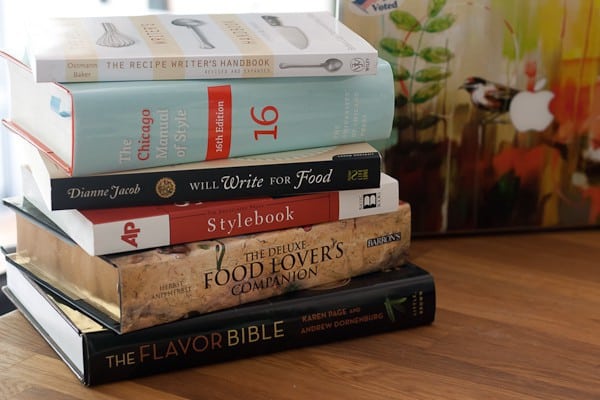
Before I decided to work in food writing full-time, I was a copyeditor for 7 years. Not a single day at the office went by without me grabbing one of the reference books off the shelf. From spelling to niggling comma usage, those books were essential to my daily work. It’s not that I had to look everything up – but a successful worker knows their tools and when to rely on them.
It’s much the same if you’re a food blogger. You wouldn’t make ice cream by hand if you had an electric machine, would you? Look, while mouthwatering photos are usually what makes people go gaga over food blogs, there is almost always a writing component. If you want people to understand you and perhaps even make your recipes, you need to work on it.
(Please also work on your Tweets – proper spelling and grammar is still important, even in 140 characters, and especially if you use Twitter as an extension of your professional self.)
Many bloggers out there claim, “I’m not a writer.” OK… that’s a little confusing considering the constant churning out of words on a blog, but I get what they’re saying. Most don’t consider themselves good writers. For some reason in our society we’re not allowed to say we’re good at something.
So this post is for all the bloggers out there who want to improve their writing and recipe skills: My go-to books for getting the food writing jobs done. (Yes, there are Amazon affiliate codes on the links.)
The Flavor Bible, by Karen Page and Andrew Dornenburg – If you have no other book on this list, at least have this one. It will help you develop recipes, find a missing ingredient to an old one (you know, when a dish just needs something), and just plain get dinner on the damn table. The ultimate cure for stuffing every candy inside every baked good.
The Recipe Writer’s Handbook by Barbara Gibbs Ostmann – Did you realize that your recipes need a proper format? For instance, you need to decide whether to write T. or tbsp. or tablespoon, if you want to write “eggplant” or “aubergine”, and if you want to divide out ingredients for different recipe components or write “2 cups sugar, divided.” This book gives you a great lesson in writing clear recipes that can be replicated in other kitchens.
The Deluxe Food Lover’s Companion by Sharon Tyler Herbst – Like a dictionary of food. Sometimes I forget what I was looking up and just get lost reading the cheese section. It’s helpful if you have trouble spelling specific terms that aren’t in a general spellcheck program, like learning about the history of food, or are researching different kinds of nuts. There’s also an updated paperback, but I think this one is better.
The Chicago Manual of Style or The Associated Press Stylebook – Essential style guides! CMOS is the one most used for magazines and books, and AP is for newspapers, so they have slightly different style guidelines. I like CMOS better because it has much more in-depth information on all manner of topics, but it is a little harder to find what you’re looking for if you’re new to it. The AP book is assembled more like a dictionary, and the bulk of the book deals with proper spelling and capitalization of terms. Later editions include a food section, although I don’t think it’s comprehensive enough for a food writer. New editions of both books come out every few years, but a used copy will serve you just fine.
Will Write for Food by Dianne Jacob – This book is often referred to for good reason. Although food blogging has exploded since the book was written, and therefore some of the associated advice is out of date, most of it still stands.
A food photography book, maybe – The main problem I have with photography books is that it’s often hard to translate what you see on the page to real practice, without becoming a copycat of the author’s style. If you want to improve your photography, I recommend taking a course (it doesn’t have to be on food) and asking a local photographer if you can bum around on set with them for a day.
A book you absolutely adore, and can read over and over again – This can be anything – just make sure it is something you truly love. I find re-reading books I love always fills me with inspiration and the desire to be a better writer.
What books do you refer to for writing?

About Megan
I learned how to cook by exploring seasonal ingredients, and you can too! Meal time shouldn’t be stressful or complicated, and with fresh ingredients and easy methods, I’m here to help you enjoy the time spent in the kitchen. Read more…
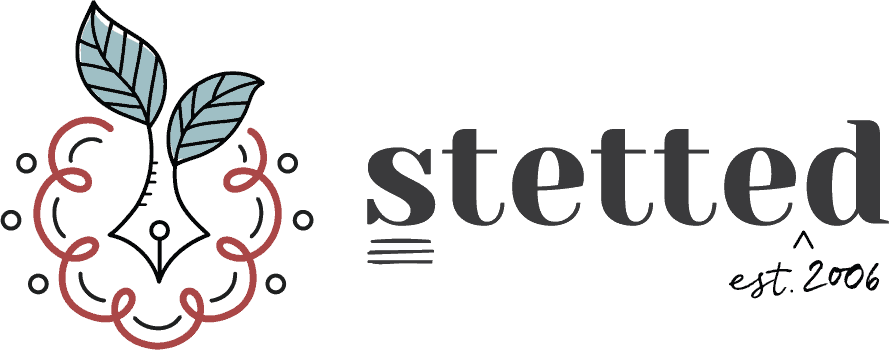

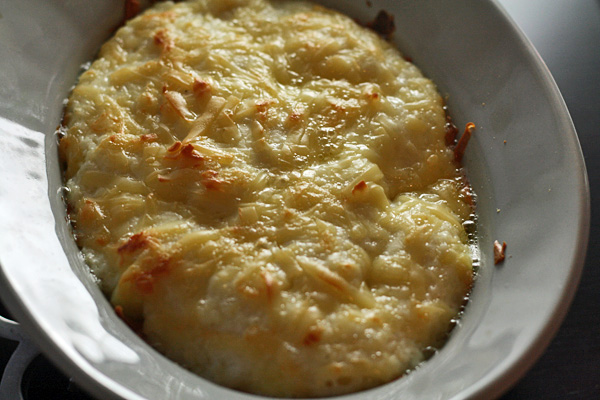
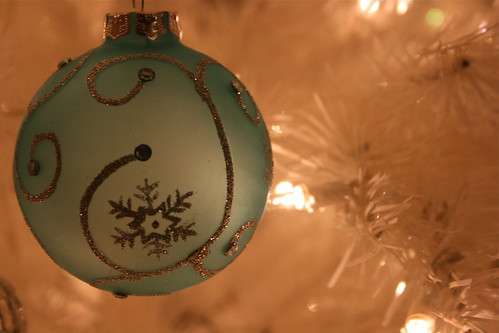
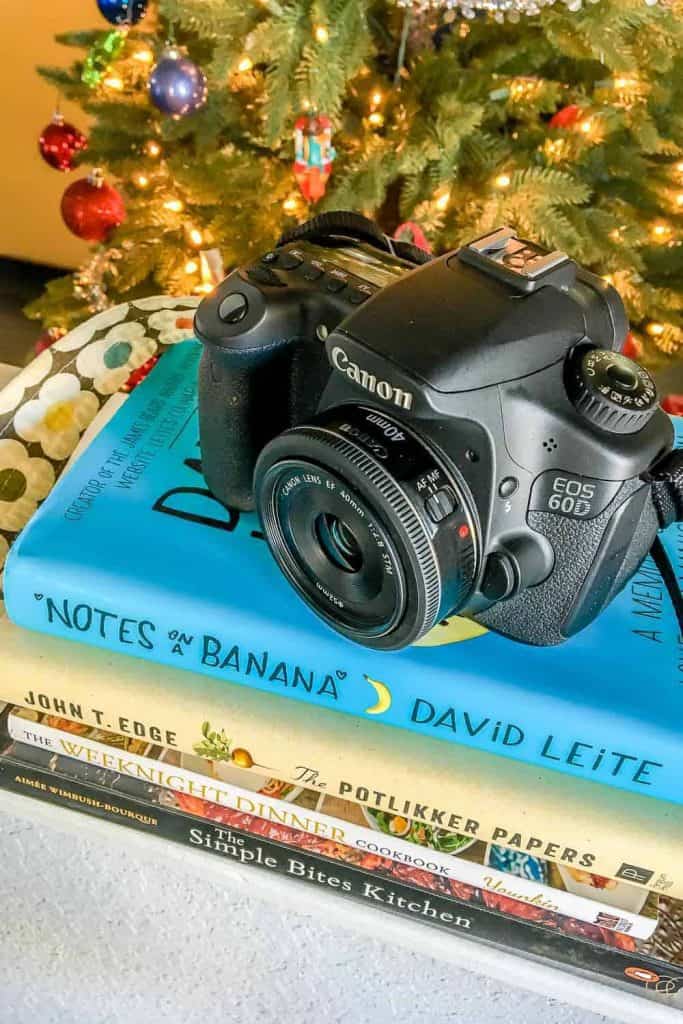








I’m one of those that say I’m not a writer but of course I am…it’s just not why I decided to blog about food. I have had to embrace that part of the process which is a bit weird since I was an English major in college and used to love to write.
You’ve got some great resources for those that want to improve on this skill; nice post.
Great resource suggestions! I am always looking to expand my library of “go-to” material. Looking forward to checking these out!
Have been meaning to check out the Flavor Bible for a while now. I have the Flavor Thesaurus which I do like, but admit that it can sometimes feel a little overwhelming with its cover to cover text.
I devoured Will Write for Food a few years ago. I definitely am one of those who say “I’m not a writer”. Thank you for your shares!
“Grab the Gibbs!” I can’t tell you how many copies of that book I went through while working in food marketing. Great book.
I couldn’t agree more. I have all of these and frequently flip through them for inspiration.